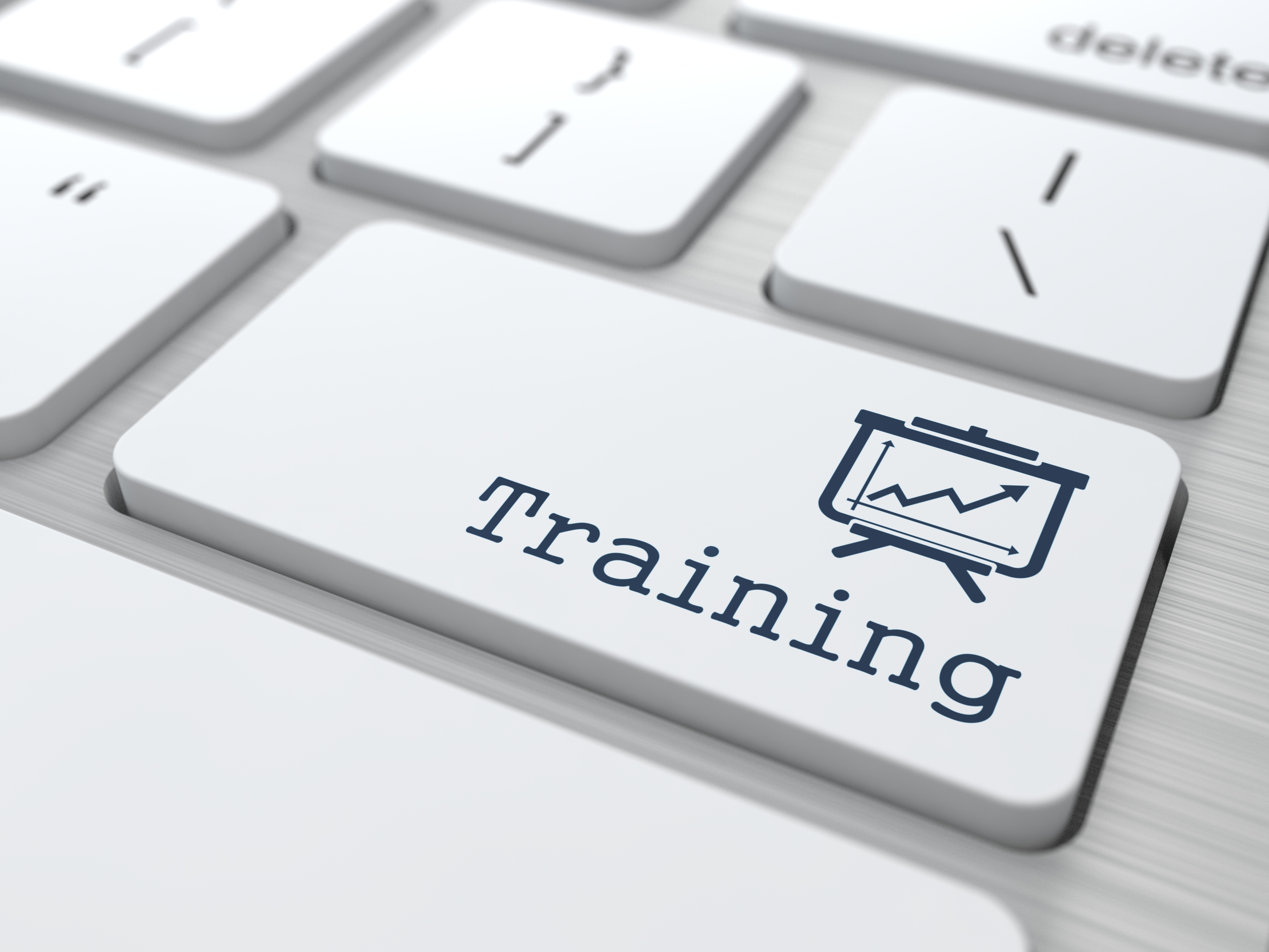I scanned the calendar. Project deadlines, customer deliverables and internal meetings were vying for space and time. Somewhere in the noise of day-to-day work was a block of three days for training, looming in the very near distance.
Three days!
Who has three days to sit around in a training room? I don’t even have three hours to hear myself think, I thought, much less three days to learn the latest and greatest in emotional intelligence/total quality management/communication skills/project management/latest management techniques.
Does this sound familiar?
We all fill in those development plans in earnest, fresh from our performance appraisals and ready to enroll in a training course that will solve our problems.
Plans are quickly forgotten, until suddenly, there they are, showing up on your calendar at what feels like the most inconvenient time.
Then, three weeks after attending the training course, you can’t even remember what it was all about, much less using what you learned to do your job better.
Does this all sound familiar?
How can you make training more effective for yourself and for your team?
After all, if you are fortunate to be in an organization which values investing in upgrading your skills, I’m sure agree that it would only serve you to take advantage of any training course you are offered.
Before The Training Course
Start with how you think about training. How do you think about the upcoming training course?
I will be taking a course.
I will receive training.
I will be on a training course.
These don’t imply much action on your part, and are quite passive. Contrast those sentences with the following:
I will learn how to ___________ so I can ___________.
I will develop my ___________ skills so I can ___________.
I will understand ___________ better, so I can ___________.
1. Create intention: Replace the first blank with a knowledge area, and the second blank with a specific and measurable action that solves a problem in your job role.
Here are some examples:
Risk Management:
I will learn how to evaluate ambiguous projects so I can make go/no-go decisions before starting.
Presentation Skills:
I will develop my presentation skills so I can present my team’s comprehensive monthly progress in five slides or less.
Finance for non-finance Managers:
I will understand cash management better, so I can negotiate better payment terms on the next outsourcing contract.
By investing a little time and effort up front to pinpoint how the training course can be most useful to you, you will be better positioned to absorb exactly the information you need to upgrade your skills in a specific manner.
During The Training
There are four ways you can ensure you get the most out of the training, and more importantly, that you don’t get bored and begin texting under the table, regardless of how competent or engaging your trainer is.
2. Ask questions: Sounds obvious, but asking questions is the single most effective way to ensure you are engaged, and you understand the material.
The advantage of asking questions is that you are more likely to remember answers to specific questions than material that’s just imparted in a vacuum.
3. Ask for real life examples: This is similar to asking questions, but a little more involved. Present your trainer with hypothetical but close to home situations and ask how the knowledge might be applied.
The advantage of insisting on real examples is that it provides context for the knowledge you are acquiring, giving you options on how you will apply it once the training is done.
4. Grab golden nuggets: Make a note of little golden nuggets that resonate with you during the training. I think of them as tweetables – short, to the point, and illustrative. Keep these golden nuggets on the last page of your training workbook or on a sheet of paper, separate from your training notes.
5. Network with your fellow trainees: Training sessions are excellent opportunities to get to know individuals you might not normally meet. Take advantage of your captive time together to connect and have some fun.
After The Training
You already know that taking action on the knowledge you have acquired is an effective way to get the most out of your training. You can ensure you will take action by doing four things:
6. Choose the tasks: Go back to the pre-training statements and pick out the next tasks that you will apply your training to.
It might be the preparation of the next monthly report, the next client meeting or the next recruiting interview you do.
7. Identify what you will do differently: Write out the specific steps you will take to apply your new knowledge to the tasks you’ve identified.
Even if it is something simple and you think you can remember it, write it down anyway. It will only take a few moments.
8. Schedule task actions: Take the note you just wrote and copy/paste it as an event in your calendar close to the day you will be tackling the tasks you’ve identified.
By scheduling the note, you are freeing your brain to focus on what you are doing now, rather than being busy “not forgetting to remember”, and letting technology help you remember, until the new action becomes part of your ingrained skill set.
9. Schedule Golden Nuggets: Go back to the golden nuggets you gathered during the training course and compose them into at least four separate emails to yourself.
It’s fine to repeat the same golden nuggets if you don’t have enough for four separate emails, and perhaps add a funny anecdote from the course.
Send those emails to yourself at two weeks, six weeks, ten weeks, and three months out.
For scheduling an email in the future, use Boomerang and Streak if you use Gmail, or free online services like http://www.lettermelater.com or http://emailfuture.com.
Investment In You
Organization training is part of your compensation and a privilege that your organization is extending to you.
You wouldn’t walk outside and throw part of your salary in the air, would you?
So why throw away useful training by spending the bulk of your time outside the training room on your phone? You know who you are.
Use these tips to get the most of your next training course. I can already see the smile spreading across your face when the first of those golden nuggets hits your mailbox on an unsuspecting Tuesday morning.




